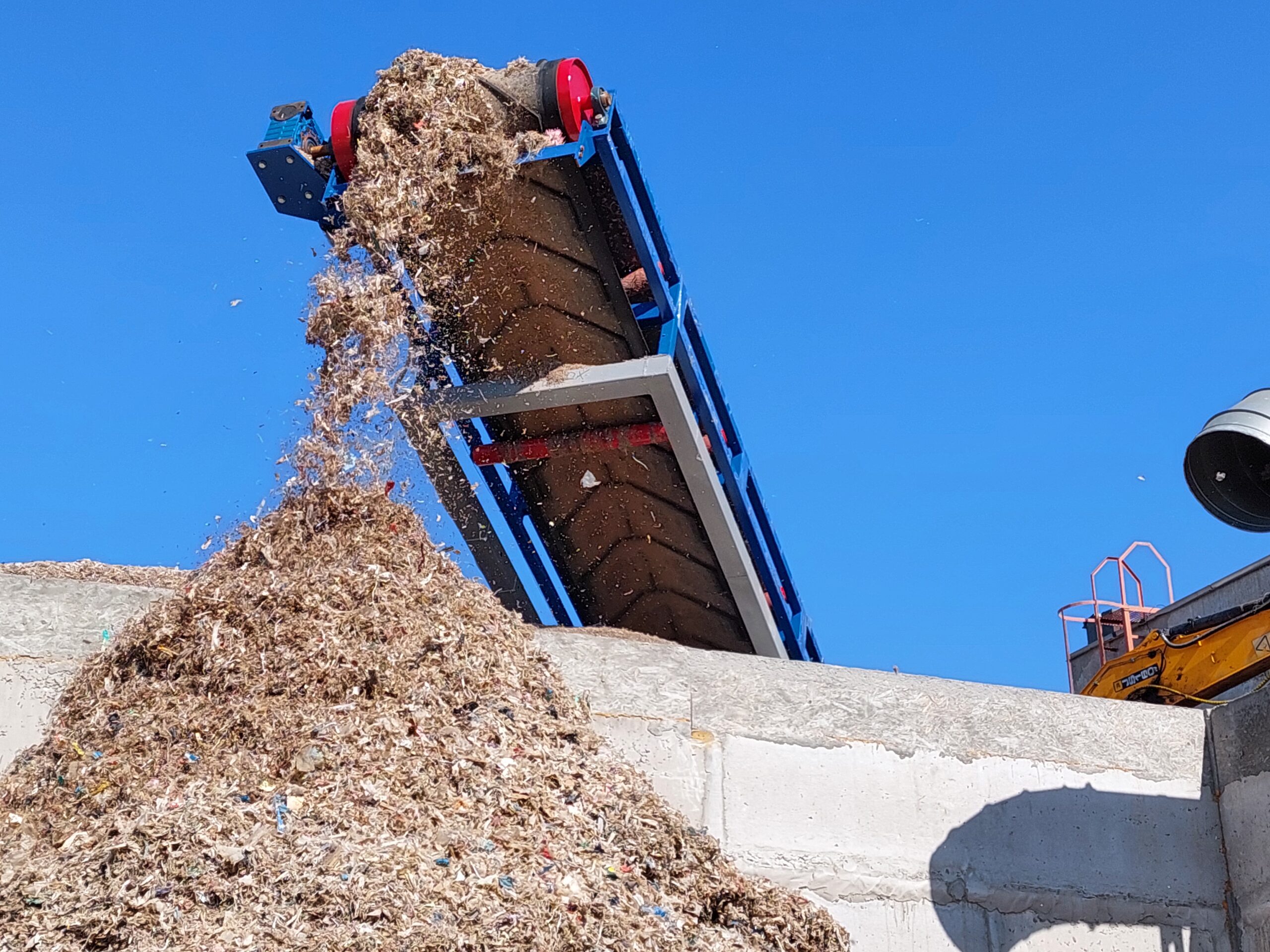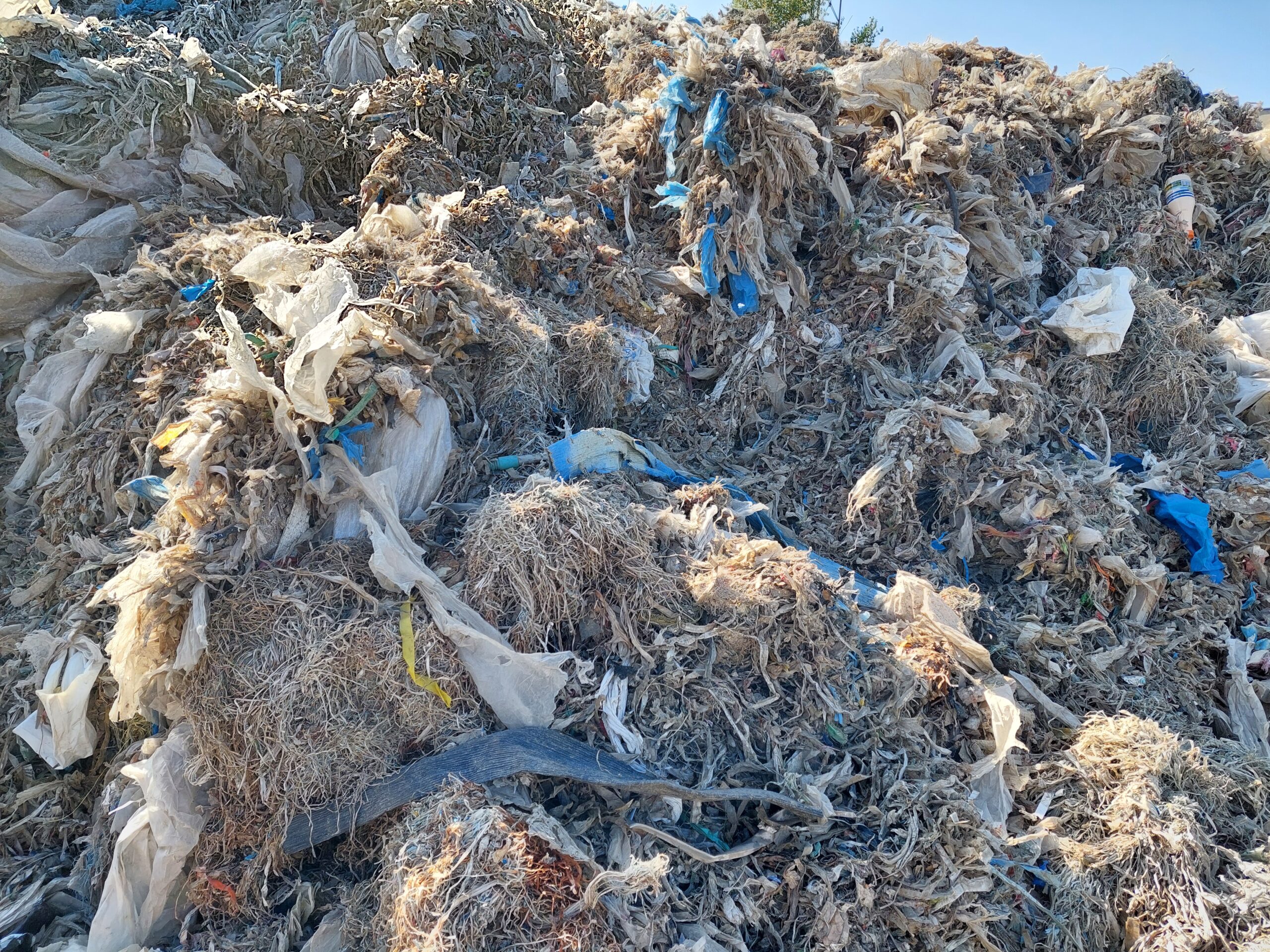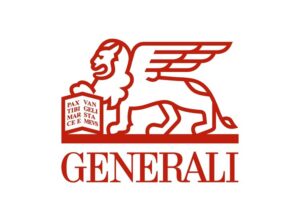External financing of the state budget as of 01.06.2024, billion USD

Source: Open4Business.com.ua

Kyiv Cardboard and Paper Mill is taking another step towards sustainable production by turning industrial waste into cost-effective fuel. Thanks to investments from an Austrian owner, the company has established the use of shredded film as an alternative energy resource, which allows the plant’s partners to reduce the cost of traditional energy sources.
Energy efficiency and environmental friendliness are the basic principles of the sustainable development strategy of PrJSC Kyiv Cardboard and Paper Mill, developed jointly with the Austrian beneficiary Pulp Mill Holding. In the context of the war and economic crisis in Ukraine, it is the rational use of resources that can be a lifeline for the domestic industry.
As a closed-loop industrial enterprise, Kyiv Cardboard and Paper Mill depends on stable investments. Despite the challenging economic environment, PMH Director Dr. Heinz Zinner initiated a large-scale program to upgrade production lines. During the war, the plant invested EUR 15 million in re-equipment, including about EUR 10 million in 2024.
One of the key vectors of KCPM’s modernization is to increase production efficiency. Last year, the plant launched an ambitious environmental project aimed at the rational use of resources – the installation of a high-tech shredder for harness processing, which allows separating waste in the recycling process and obtaining valuable secondary materials: alternative SRF fuel and metal wire.

Shredded film – ready-made SRF fuel
Kyiv-based CPM is moving towards the most environmentally friendly and efficient production model. At the initiative of Dr. Heinz Zinner, the plant invested EUR 710 thousand in the purchase of a shredder. The new equipment is now processing over 200 tons of harness per month. It is planned that in the near future the Obukhiv plant will be able to increase this figure to half a thousand tons.
This approach opens up several strategic opportunities for Kyiv Cardboard and Paper Mill:
● First, it is an important step towards a completely waste-free production;
Secondly, the plant expands its customer network, as the film converted into SRF fuel can be sold to cement plants and other industrial enterprises interested in reducing energy costs.

Paper production waste is now 100% recyclable
SRF is a solid fuel produced by Kyiv Cardboard and Paper Mill from waste paper recycling. Today, Ukraine has already implemented more than 40 European standards that regulate the production, use and commercial circulation of SRF fuel.
In addition to the environmental benefits, SRF allows KCPM’s customers to save money by replacing traditional, more expensive and scarce energy sources such as coal and gas with an affordable and efficient alternative. The fuel made from recycled film has a high calorific value and, as a result, significant energy value at an affordable price.
Thus, a responsible approach to recycling and optimizing energy consumption creates new market opportunities not only for Kyiv Cardboard and Paper Mill but also for its partners.
Heinz Zinner, KPK, Kyiv Cardboard and Paper Mill, Kyiv Pulp and Paper Mill, Pulp Mill Holding

Italian insurer Assicurazioni Generali SpA cut net profit by 0.6% in 2024, with adjusted and operating profit rising to record highs. According to a press release from the insurer, net profit for 2024 was €3.72 billion, up from €3.75 billion a year earlier.
Adjusted net income rose 5.4% to a record €3.77 billion, or €2.45 per share, from €3.58 billion, or €2.32 per share, in 2023.
Generali’s operating profit rose 8.2% to €7.3 billion last year, also a record.
The company’s adjusted and operating profit matched its consensus forecast.
Generali’s gross premiums amounted to €95.19 billion in 2024, up 14.9% year-on-year. Premiums in the life insurance segment increased by 19.2%, in the property and casualty division by 7.7%.
The capital adequacy ratio of the insurer within the framework of the Pan-European requirements “Solvency-2” (Solvency II) at the end of December amounted to 210% compared to 220% at the end of the previous year. The company explains the decrease in the indicator by the effect of acquisitions, as well as from the buyback of shares in the amount of 500 million euros.
Generali plans to increase its dividend by 11.7% to €1.43 per share. The company expects a compound annual growth rate of 8-10% for its adjusted earnings per share and more than 10% for dividends in 2025-2027. Generali intends to repurchase €500 million worth of shares in 2025, and at least €1.5 billion worth over three years. Generali’s capitalization has risen about 17% since the beginning of the year to 49.96 billion euros, while Italy’s FTSE MIB index has added about 12% over the period.

Armenia has accepted Azerbaijan’s proposals on two unresolved articles of the draft peace agreement, which means the end of the negotiation process.
“Thus, the peace agreement is ready for signing. The Republic of Armenia is ready to begin consultations with the Republic of Azerbaijan on the time and place of signing the Agreement,” reads the statement published on the official website of the Armenian Ministry of Foreign Affairs on Thursday.
Yerevan also noted that it had offered to make a joint statement on the agreement, but Baku “preferred a unilateral statement.”
Earlier, Azerbaijani Foreign Minister Jeyhun Bayramov said that Armenia had agreed to the latest amendments. According to him, the next step should be the removal of clauses from the Constitution of Armenia that Azerbaijan regards as territorial claims, as well as the dissolution of the OSCE Minsk Group.

In February of this year, Naftogaz Group paid UAH 5.8 billion in taxes, which is 9.4% more than in the same period in 2024, the company said on Thursday.
In particular, the state budget received UAH 5.2 billion, while in February 2024 this amount was UAH 4.8 billion. At the same time, UAH 530 million was paid to local budgets (UAH 506 million, respectively).
“Despite all the challenges of the war and constant attacks on the energy infrastructure, Naftogaz ensures the country’s energy stability and support for the national economy,” said Roman Chumak, the head of the group, as quoted in the report.
As reported, in the first month of 2025, Naftogaz Group companies paid UAH 5.2 billion in taxes to the state budget, which is 7.1% less than in January 2024 (UAH 5.6 billion). At the same time, tax payments to local budgets increased by 14.5% to UAH 591 million in January compared to the same period last year.
According to the results of 2024, Naftogaz Group companies paid UAH 88.6 billion in taxes to the general budget, including UAH 81.8 billion to the state budget and UAH 6.8 billion to local budgets.
In addition, in 2024, NJSC Naftogaz of Ukraine paid UAH 15.7 billion in dividends to the state.